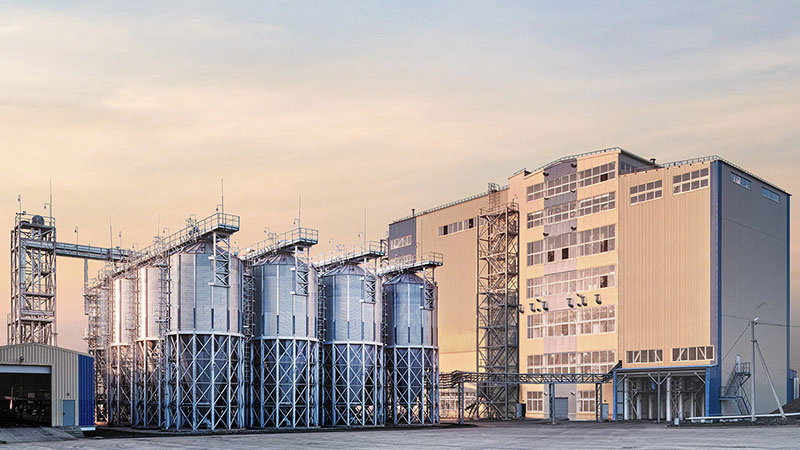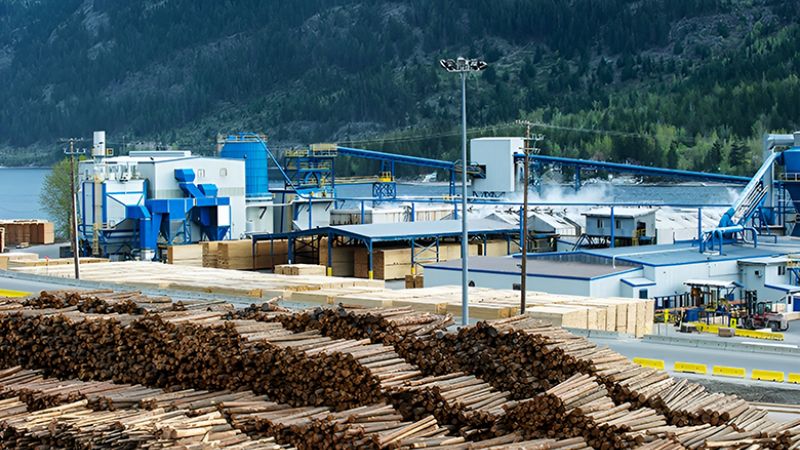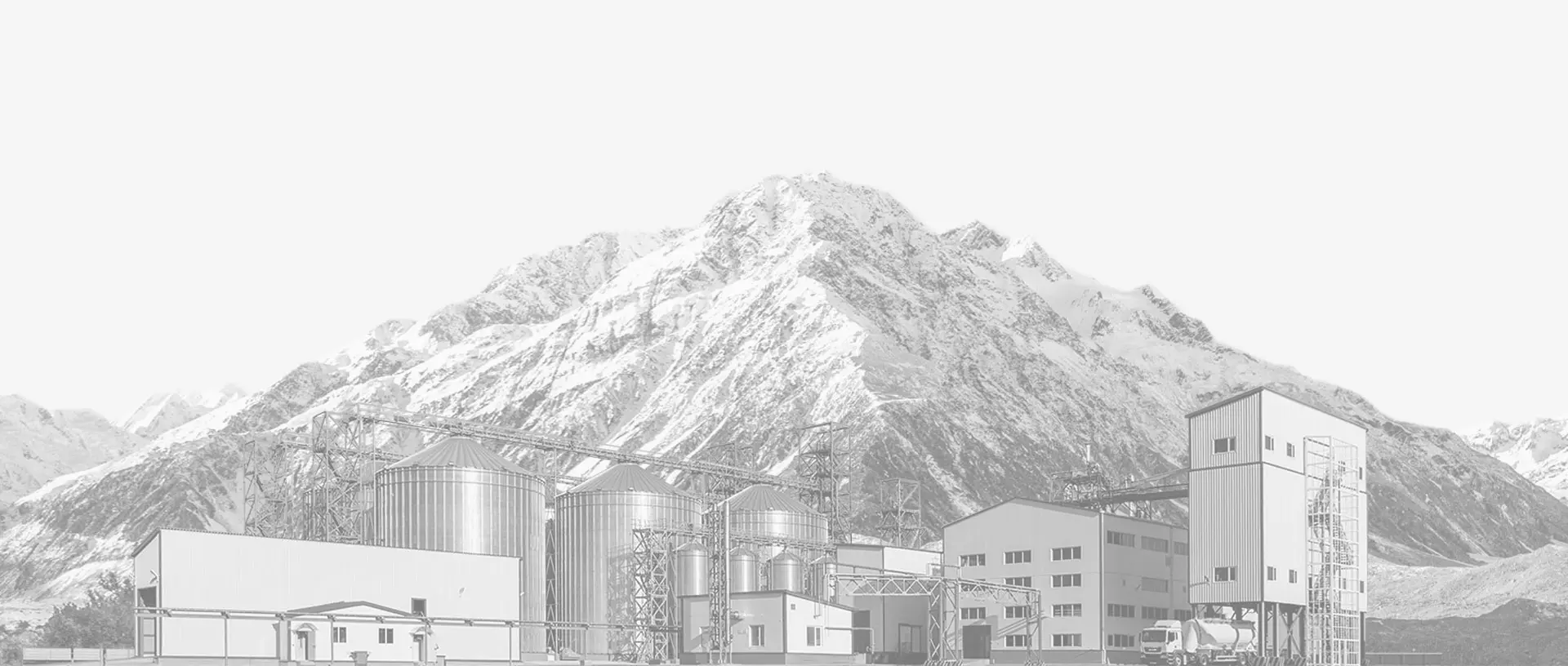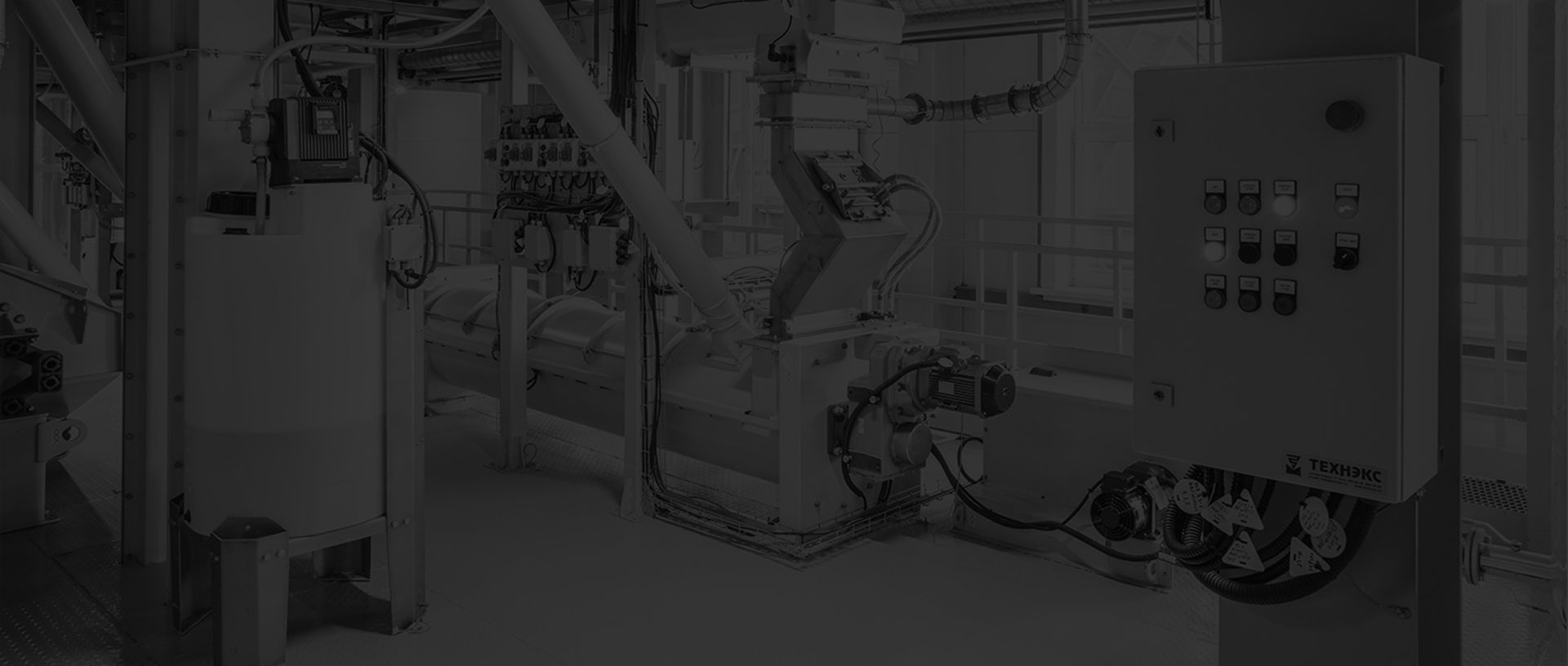
This is where you find all our press releases and news articles.
The feed value of a foodstuff is a measure of its main nutritional components. For cattle (and other ruminants), the worth of any fodder depends mainly on the concentration of energy and protein in the dry matter of that feed. Other nutritional components of a foodstuff can greatly influence cattle production. For example, production can be significantly restricted by a number of mineral and vitamin deficiencies, such as calcium, magnesium, phosphorus, copper, cobalt, vitamins A or D, and so on.
On the other hand, excesses of particular substances in foodstuffs can cause lowered production and even death, for example, copper toxicity, nitrite poisoning (from some grasses and weeds), cyanide poisoning (from immature sorghums and some weeds), and alkaloid poisoning (from immature phalaris).

This Agriculture Note outlines the main nutritional components of a range of foodstuffs that are commonly fed to cattle. Ideally, feeding should be managed to adequately provide the nutritional, requirements of cattle according to the level of production desired. The nutritional components tabulated in this Agriculture Note are dry matter, metabolisable energy, and crude protein. The data presented should be considered as a guide only, hence it is advisable to have a sample analysed by a feed analysis service such as FEEDTEST at the Department's Pastoral and Veterinary Institute at Hamilton.
Over the years, there have been a number of different systems used for defining the energy value of foodstuffs for livestock. The Starch Equivalent system and the TDN (Total Digestible Nutrients) system, are two examples. No system has proved entirely satisfactory in practice. The ME (Metabolisable Energy) system has been adopted as the standard system for defining the energy value of ruminant (sheep and cattle) feeds in Australia. The ME value of a foodstuff is the amount of energy that the ruminant is able to use, per unit of dry matter of foodstuff eaten. (The metabolisable energy value is the digestible energy value less the amount of energy lost in the urine and the belched gases). The units of ME are megajoules (MJ) per kg of DM of the particular foodstuff.
There are several reasons why farmers might be interested to know the relative energy values of foodstuffs. Two important reasons are:
to satisfy the energy demands of various forms of production, the diet of a ruminant must have an average energy value above a particular level. Some feeds are simply too low in energy (they have low energy concentrations) and ruminants are incapable of eating enough of them to meet the energy demands of, say, moderate to fast growth, late pregnancy, or lactation.
When feed is in short supply, or when any feeding management is being planned, it is useful to cost out each of the foodstuffs on its monetary value per unit of ME. For example, the ME value of oats is 12 and that of medium quality hay is 8 so oats can cost up to one and-a-half times that of hay per kg of DM and still be a better buy if the feeds are being compared on their energy values alone.
The protein requirements of cattle vary according to the weight and type of beast as well as the level of production (growth, reproduction and lactation). It is important to know the protein levels of various foodstuffs so that feeding management can match the protein available in an animal's diet with the animal's needs. Crude protein values give a good indication of whether or not a particular foodstuff will satisfy the protein needs of a beast, but two points should be realised.
The crude protein value of a foodstuff is determined by the quantity of nitrogen-containing substances in contains. These substances do not have to be proteins. Therefore the crude protein concept relies on microbes of the rumen (first stomach) being able to synthesise microbial protein from all the nitrogen containing substances the ruminant eats.
In general terms, at least two-thirds of a beast's crude protein intake should be provided as true (natural) protein. That is, not more than one-third of the crude protein should be represented by non-protein nitrogen (NPN) - such as urea and biuret NPN should not be included in levels above 2% of the diet.
Research has shown clearly that ruminants don't digest all dietary protein in the same way. Proteins vary in the extent to which they are broken down (fermented) in the first stomach (rumen).
In general, sheep or cattle use proteins that resist rumen fermentation (but which are digested lower down the digestive tract) much more efficiently than those that are readily fermented in the rumen.
It is important to have some idea of the dry matter (DM) content of foodstuffs because cattle usually consume a fairly predictable quantity of dry matter per day, if feed is readily available. (Cattle generally eat a quantity of dry matter each day equivalent to two or three per cent of their bodyweight). Obviously, on a freshweight basis, a beast would eat a lot more silage (20 per cent to 30 per cent DM) than hay (80 per cent to 90 per cent DM) per day, even though both feeds may have similar energy and protein values on a DM basis.
Whole versus processed grain
Cattle only derive the full ME value from grains such as wheat, triticale, rye, sorghum, barley, lupins and peas if they are rolled or coarsely milled. This will increase the digestibility of grain by approximately 30%.
See Agriculture Note AG0469: Livestock fodder from crop wastes, the risks of chemical contamination.
| Feed | Approximate dry matter (DM)% | Metabolisable energy (ME) (MJ/Kg DM) |
Crude protein % dry matter (ME/kg DM) |
| GREEN FORAGES | |||
| Grasses | |||
| Cocksfoot - young, immature mature |
23 32 |
11 9 |
12 8 |
| Phalaris - young, immature mature |
20 35 |
10 7 |
17 7 |
| Ryegrass, Wimmera - young, immature mature |
18 40 |
12 7 |
11 5 |
| Ryegrass, Perennial - young, immature mature |
20 30 |
11 10 |
12 8 |
| Grass-dominant pasture - immature mature |
20 40 |
11 5 |
8 2 |
| Legumes | |||
| Clover, subterranean - pre-flowering late bloom |
15 30 |
11 8 |
17 9 |
| Clover, white - young, immature mature |
18 23 |
12 9 |
15 15 |
| Lucerne - Young, immature full bloom |
17 24 |
11 8 |
15 15 |
| Lupins - flowering |
18 |
9 |
14 |
| Clover - dominant pasture - immature mature |
15 30 |
11 4 |
18 7 |
| Cereals | |||
| Barley - early vegetative post-bloom |
19 21 |
9 10 |
10 5 |
| Oats - early vegetative post-bloom |
18 23 |
10 10 |
14 8 |
| HAY | |||
| Grasses | |||
| Ryegrass, perennial/clover - cut at flowering cut two weeks after flowering |
80 85 |
10 9 |
9 8 |
| Ryegrass, Wimmera/sub clover - cut at flowering cut two weeks after flowering |
80 85 |
10 9 |
9 8 |
| Legumes | |||
| Clover (sub dominant)* - cut at flowering |
80 |
9 |
13 |
| Lucerne* - pre flowering flowering |
85 90 |
9 8 |
15 14 |
| Cereals | |||
| Oaten - cut at flowering milk stage ripe seed |
90 85 87 |
9 8 8 |
7 5 3 |
| Wheaten - cut at flowering dough stage ripe seed |
90 85 87 |
8 8 7 |
5 4 3 |
| SILAGES | |||
| Grasses | |||
| Annual grass dominant | 90 | 10 | 9 |
| Ryegrass (perennial) dominant | 20 | 10 | 6 |
| Legumes - Annual clover dominant Lucerne Lucerne(wilted) Perennial clover dominant |
20 25 30 22 |
10 9 10 10 |
14 13 10 13 |
| Cereal | |||
| Oats | 24 | 9 | 4 |
| STRAWS | |||
| Barley straw | 90 | 7 | 1 |
| Oaten straw | 90 | 7 | 2 |
| Wheaten straw | 90 | 6 | 1 |
| CEREAL GRAINS AND SEEDS | |||
| Barley | 90 | 13 | 11 |
| Lupins | 90 | 13 | 30 |
| Maize | 90 | 15 | 9 |
| Oats | 90 | 12 | 9 |
| Peas | 90 | 13 | 23 |
| Rice(dehulled) | 90 | 15 | 7 |
| Rye | 90 | 14 | 11 |
| Sorghum | 90 | 13 | 11 |
| Triticale | 90 | 13 | 12 |
| Safflower seeds | 90 | 13 | 15 |
| Wheat | 90 | 13 | 12 |
| OIL CAKES AND MEALS | |||
| Cottonseeds (mech. extd.) | 90 | 10 | 33 |
| Linseed (mech. Extd.) | 89 | 13 | 33 |
| Peanuts, witdout hulls (mech. extd.) | 93 | 14 | 46 |
| Rapeseed (mech. extd.) | 92 | 11 | 32 |
| Safflower seed (mech. Std.) | 91 | 11 | 21 |
| Soybean (mech. extd.) | 90 | 12 | 46 |
| Sunflower seeds (mech. Extd.) | 90 | 12 | 30 |
| FISHMEAL | |||
| Fish meal, min 50% C.P. | 87 | 13 | 63 |
| Fish meal, min 65% C.P. | 87 | 13 | 68 |
| BY PRODUCTS | |||
| Barley bran | 88 | 12 | 11 |
| Barley pollard | 89 | 14 | 11 |
| Brewer's grains, dry | 92 | 9 | 22 |
| Oat bran | 90 | 9 | 4 |
| Rice polishings | 91 | 14 | 11 |
| Sugar cane molasses | 76 | 13 | 1 |
| Wheat bran | 89 | 10 | 18 |
| Wheat pollard | 87 | 12 | 13 |
Having the right mix of reliable, high-quality pellet machine and pelletizing systems and expert support is essential to your success. Watch how our end-to-end feed pellet plant solutions have helped our customers optimize their performance.
Our customized and future-proofed turnkey pellet plant solutions is designed with you at the core. From vision to reality and beyond, our team stays connected with yours. Giving you peace-of-mind with an expert at your side.

At RICHI, we go beyond project completion. With RICHI Servicee, we’re your dedicated partners in success. Count on us for expert guidance, minimal downtime, and optimized productivity. Choose RICHI for unmatched service and support.



Meet global product demands and quality standards with industry-leading pellet plant design, engineering, equipment, and construction services for pellet processors.


Your Partner Beyond Project Completion
2000+ cases
RICHI is the leading designer, manufacturer and builder of pellet plants in the world, completing over 2000 projects in 140 countries across 6 continents.
Read More
Increase plant productivity, profitability, and safety by integrating high quality equipment into your pellet production line. Over the years, RICHI has become China's top pellet equipment manufacturer. At the same time, RICHI has established valuable partnerships with the world's leading component and raw material manufacturers to bring you the best there is in technology, automation, and efficiency in pelleting plant machinery.

For nearly 30 years, RICHI has been providing best-in-class pellet plant equipment and services to clients across a variety of industries, sizes, and needs. We pride ourselves on the knowledge and skill that each team member possesses – from our technical sales team to our process design engineers. You can count on RICHI Machinery to take your operation to the next level of innovation, quality, and success.
Need help with your pellet manufacturing plant project? Contact us today.
ANIMAL FEED
BIOMASS
WOOD
ORGANIC FERTILIZER
AQUA FEED
CAT LITTER
MUNICIPAL WASTE RECYCLING
SPECIAL PELLET PRODUCTION
RICHI Machinery continues to deliver world class pellet mill equipment, pellet plant engineering and project solutions that add value to our customers in the animal feed, wood waste, agriculture waste, organic fertilizer, cat litter and special pellet products industries. Throughout the years, we RICHI Machinery have built strong brand, becoming industry-leading pellet machine manufacturer. We value integrity, promise quality, and prioritize your success.
Learn MoreWith our expert team, we precisely implement your process engineering requirements in pellet mill and pelletizing plant systems. No matter which industry you’re in – we understand your needs and deliver solutions that meet the highest standards.
At RICHI, quality comes first. Our pellet making machine and related pellet line equipment undergo rigorous quality controls to ensure they meet the highest standards. Rely on products that are durable, safe, and efficient.
With decades of experience in pellet machine and pellet production line production, we have earned a reputation as a trusted partner in various industries. Our expertise allows us to cover a wide range of applications.
Not only do we offer premium pelleting equipment, but we are also experts at designing, building, installing, and maintaining facilities from the ground up. Our expertise is within pellt plant process design, discovering the most efficient, productive, and profitable way to handle your materials in an end-to-end cycle.

Keeping in touch with us is an effective way to solve all your problems. If you have any needs or questions, please leave your contact information, then RICHI technical consultants will send design, quotation, videos to your mailbox. You can also contact us directly via WhatsApp: +86 13838389622
Copyright©2015-2024 by HENAN RICHI MACHINERY CO., LTD. All rights reserved.